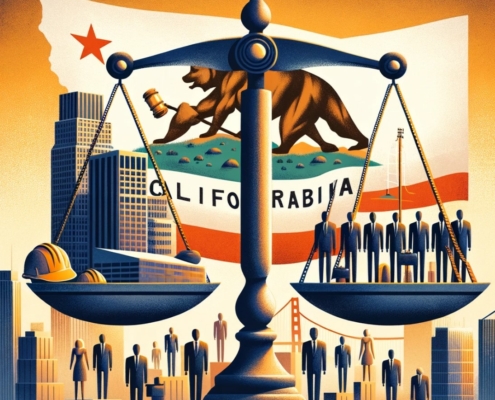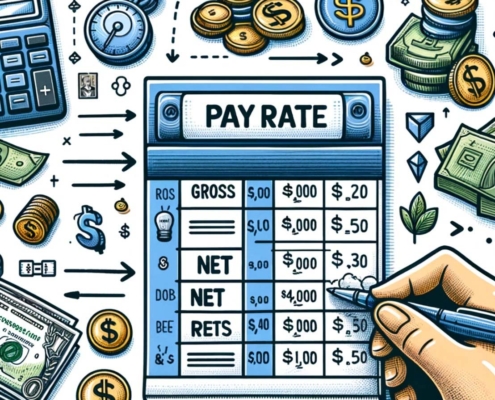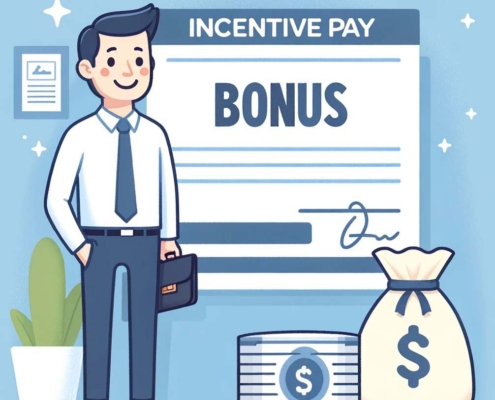What are some examples of hostile environments?
Author: Douglas Wade, Attorney
Email | Call (800) 484-4610
Here are some examples of hostile work environments: Repeated jokes or comments about protected characteristics such as ethnicity, race, religion, sexual orientation, or gender. Also, intimidation, threats, and displaying offensive pictures or symbols consider a hostile work environment.
Hostile work environment definition
A hostile work environment is one where the unwelcome conduct, actions, or words of a coworker, supervisor, or manager severely impact other employees’ ability to complete their work. A hostile work environment occurs when the harassment is so pervasive and severe that it interferes with an employee’s ability to do their job.
What is unwelcome conduct?
In this article, our employment attorney provides examples of hostile work environment as follows:
Here are some examples of hostile work environment:
Discrimination
Employment discrimination exists in a workplace where an employer treats an employee or job applicant less favorably because of the person’s disability, national origin, color, race, or ethnicity. Further, discrimination means barring from employment, refusing to employ, or discriminating in compensation and privileges. Discrimination becomes a hostile environment where enduring the offensive conduct becomes a condition of continued employment or the conduct is sufficiently pervasive or severe to create a work environment that a reasonable person would consider abusive, hostile, or intimidating.
Sexual harassment
Sexual harassment is a hostile environment when the unwelcome sexual advances, requests for sexual favors, and other verbal or physical harassment of a sexual nature in the workplace or learning environment. Examples of sexual harassment include jokes or comments about body parts, sex, or physically blocking a person’s movement.
Victimization
Victimization is an example of a hostile environment when someone is punished or disadvantaged because they will complain or complain about harassment or discrimination in the workplace. Victimization also occurs when directed to help someone who has been discriminated against. Examples of victimization include verbal abuse, sexual abuse, physical abuse, bullying or peer victimization.
Ridiculing
Ridicule occurs when making fun of, mocking, or bullying. Ridicule becomes a hostile environment through words, acts or comments that are cruel or harsh, made by people who are laughing at someone or something.
Indecent behavior
Indecent behavior violates a reasonable person in the community with respect to sexuality including sexual gesture, sex act, or exposure of genitalia. For example, it is a hostile environment to put a tongue between two fingers in a V shape. If you didn’t already know, this one is suggestive of oral sex.
Race or color discrimination
It is unlawful to harass a worker because of that person’s color or race. Harassment can be an example of a hostile environment when it is an offensive or derogatory remarks, or racial slurs.
Gender harassment
It is a hostile environment to harass a person because of that person’s gender, including the person’s sexual orientation, gender identity, or pregnancy. Examples of gender harassment include invading personal space, unwanted touching, unnecessary physical contact, inappropriate staring, or leering.
Sexual harassment
Hostile work environment can include “sexual harassment” such as requests for sexual favors, unwelcome sexual advances, and other physical or verbal harassment of a sexual nature. Examples of behavior that is offensive and considered unlawful in the workplace include: Showing other employees pictures that are erotic in nature or sexually suggestive or displaying these pictures where other people can see them; Discussing sexually explicit acts or activities with coworkers or doing so where coworkers can hear the conversation; Making jokes that are sexual in nature and make people uncomfortable or jokes that involve people in the office; Sending messages or emails to other employees with sexually suggestive language or images.
Disability harassment
Disability harassment is a hostile work environment when it involves offensive and unwelcome conduct in the workplace that is based on a person’s disability. Disability harassment can include offensive or negative jokes or remarks about a person’s disability and other verbal or physical conduct based on a person’s disability.
National origin harassment
National origin harassment is a hostile environment when it involves offensive or unwelcome conduct in the workplace that is based on a worker’s place of origin or ethnicity. National origin discrimination is not limited to supervisors; non-supervisory employees and customers or clients may also commit unlawful harassment.
Have a quick question? We answered nearly 2000 FAQs.
See all blogs: Business | Corporate | Employment
Most recent blogs:
































